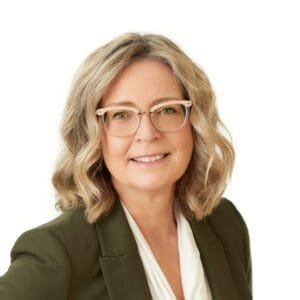More and more, I find myself caring about care. I find beauty in watching someone give serious attention to a conversation, to a child, to a craft, to a meal, to a lecture, to a garden plant. When I see a person deeply engaged in an activity, I am mindful that the moment is precious and I sense that something might be on the move.I’m watching one of our daughters carefully reviewing and selecting artifacts from Canada’s war archives for a national Great War gallery exhibit. I am equally warmed by her enthusiasm for learning the art and skill of artifact preservation. Another daughter’s scholarly commitment to classical piano performance is a decades-long dedication to finely nuanced musical intricacies my ear will never discern and yet evokes distant worlds and mystical places. And not so long ago, I’ve watched our son tenderly soothe aching children, fight for mistreated friends, and passionately exclaim when moved by injustice, “So, what can I do to help?” Year by year, I’ve watched our children learn to care.
The main finding of my own doctoral dissertation several years ago, somewhat unexpected since the work had a policy bent, had to do with care, specifically teacher care for students. No matter the school—religious or secular, public or private, funded or unfunded, progressive or traditional, regulated or unregulated—parents, whenever they possibly could, chose caring educational environments for their children. My first conscious awareness of my exclusive and primary place as guardian and advocate was as a parent of a child floundering in kindergarten. When her hunger for learning and appetite for knowledge were rewarded with calls for compliance, placidity, and patience until the curriculum “got there,” I knew that my calling as caregiver took precedence over almost all other demands on my time and attention, including my work as a secondary school teacher.
Thus began our immersion in the unusual world of home education. We quietly learned what we could of the people, places, ideas, curricula, philosophy, and research in that realm. Soon we were making choices and found ourselves consuming and producing, contributing and supporting, enjoying— and agonizing over—ideas and methods, schedules and resources, collaborators and venues. We knew we wanted to open to our children the national, historical, spiritual, and cultural heritage into which they’d been born. But we were not certain how to give that focus.



